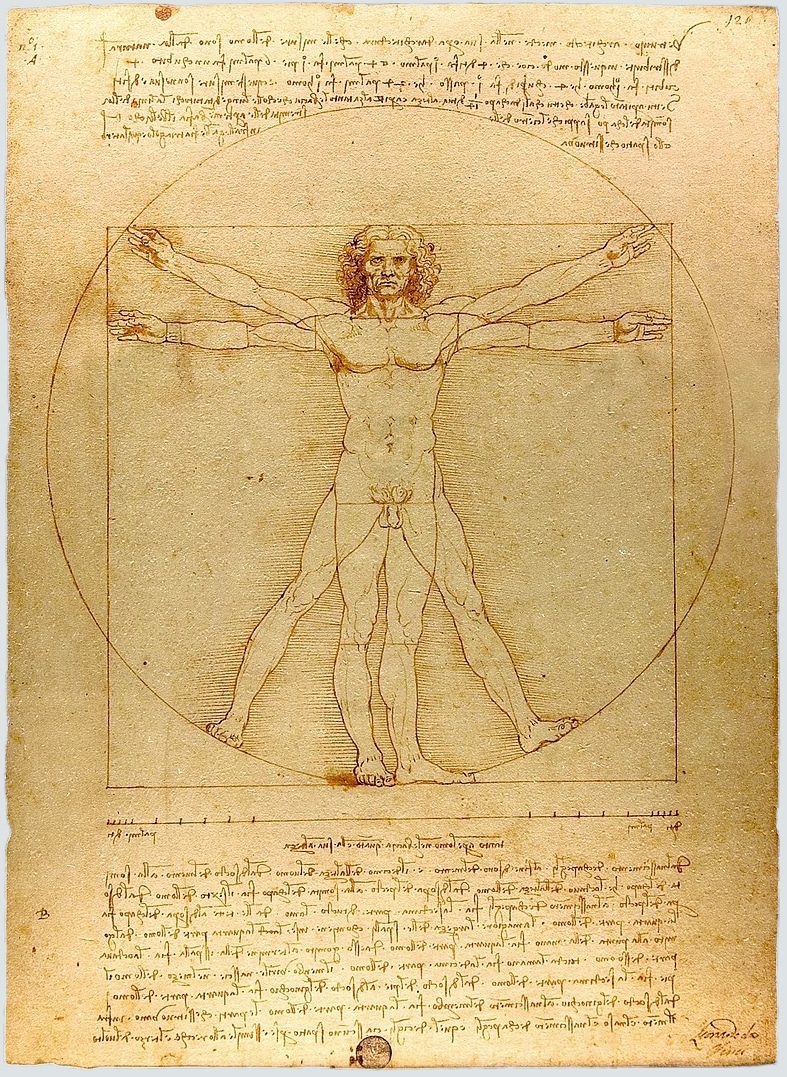Are you a words or a pictures person? Bit of both? If you are here, on an author’s blog, then the written word probably plays a significant part in your life, but if, like me, you also have a punter’s passion for art, photography and design, then you may appreciate this post. For me, one of the most enjoyable and exciting aspects of bringing Bone Lines to life was the cover design process.
This act of encoding many thousands of words into a single image has been both fascinating and inspiring, especially after so many years of travelling in the other direction… imagining my characters in their respective worlds and then translating those mental images into paragraphs on a page. If the editing process is rather like sculpting from a block of marble then the cover design process is more like weaving a tapestry from all the inner meaning that has gone into the manuscript.
I think this journey had particular resonance for me because much of my professional life has been spent in developing communications for the worlds of design and architecture, which has in turn given me a keen interest in what constitutes a fantastic photograph, or an ingenious design detail, or an effective graphic. This appreciation developed alongside the demands of copywriting – learning how to impart succinctly the vital attributes of a particular design (be that a piece of furniture or a building) to a specific audience. And so the wheel of words to images to words turns around again.
In both copywriting and in composing fiction, I have become highly conscious of the power of symbols and so began to wonder how I might apply this to the cover design process, without overcrowding it, or overcomplicating the simple pictorial statement of the book’s intent. (At one point I imagined an abstract ‘tree of life’ on the cover, with bones for a trunk and DNA helices for leaves.) The process also made me consider how my characters might go about designing a visual communication to express who they were.
Would my prehistoric shaman have preferred primitive hieroglyphics – or a more figurative, even photographic expression of her reality and her environment? (And I found some photography on Instagram that was uncannily like the landscapes I imagined for her.) Would my scientist character want something rational and clear… microscopes, DNA coding, or something that explored beneath the skin of the book – perhaps quite literally, with some Da Vinci style anatomical drawings? How to marry and properly represent both narratives, both timelines in one cover?

Ultimately, the way forward was not to overthink it but rather to send a list of what inspired me (other cover designs, striking nature or anthropological photography, classical art, plus an outline of my own aesthetic preferences) to a true professional, Mark Ecob, and let him do the heavy lifting. Because good cover design is not only about your personal vision, not only about being true to your book, it’s also about the commercial realities. What does your cover say about the genre (as genre-defying as my book is), how will it look on the shelf, the table, the window (Oh, wouldn’t that be lovely!), in a thumbnail, on a book-selling website, on someone’s smartphone or e-reader? Who will it appeal to – and why?
So, in summary, the process went something like this:
- Progress the book to the copy edit stages (i.e. checking that the ‘language’ works – after making sure plot and character cohere, the narrative is consistent, teasing out more tension, feathering in more world-building, etc.)
- Fill in a detailed questionnaire covering the basics of what your book is about, its themes, settings, any recurring visual references, intended audience, etc. Think about which colours and fonts you prefer
- Supply a brief extract – one that best represents your characters and their world
- Get back to your job and let the designer get on with his
- Be patient
- Be more patient
- Don’t overreact when you receive the first rough draft (this, from one who learned the hard way) ignoring the obvious fact of a GENIUS idea and instead expressing a visceral rejection of the use of a colour you forgot to say you hated. (With a passion.)
- Take a break, sit with it, listen to the advice of your publisher, share the rough draft privately and only with someone/others whose objective opinion you trust
- Think of what small adjustments might make all the difference. What isn’t working, what might be missing that needs to be there, even if ever so subtly? Share these thoughts, and wait again
- Be even more patient
- Jump for joy when you see a brilliant piece of work that will somehow tell a complete stranger what your novel is all about, what lives at its heart and within its soul. But most of all – encourages that stranger to add it to their library!
Then sit back, buckle up and enjoy the rest of the book-making ride…
WIN A COPY OF BONE LINES
How? Join Stephanie’s mailing list between 10 February and 30 April and you’ll be entered into a prize draw to win a signed, personally dedicated first edition paperback of Bone Lines.
And all subscribers will receive news, blog updates and subscriber-only specials. So please sign up. It only takes a couple of clicks and you can unsubscribe at any time…

